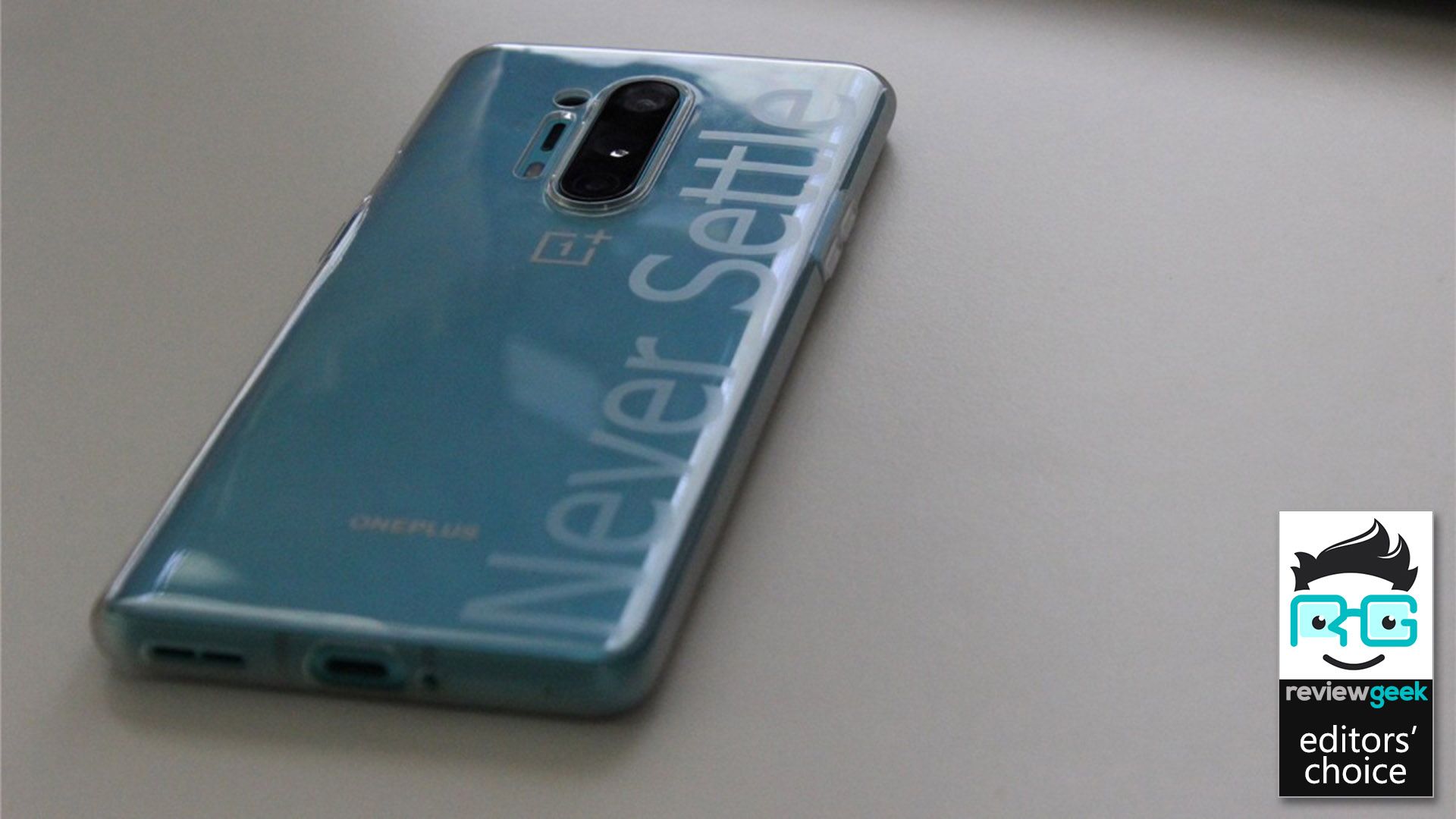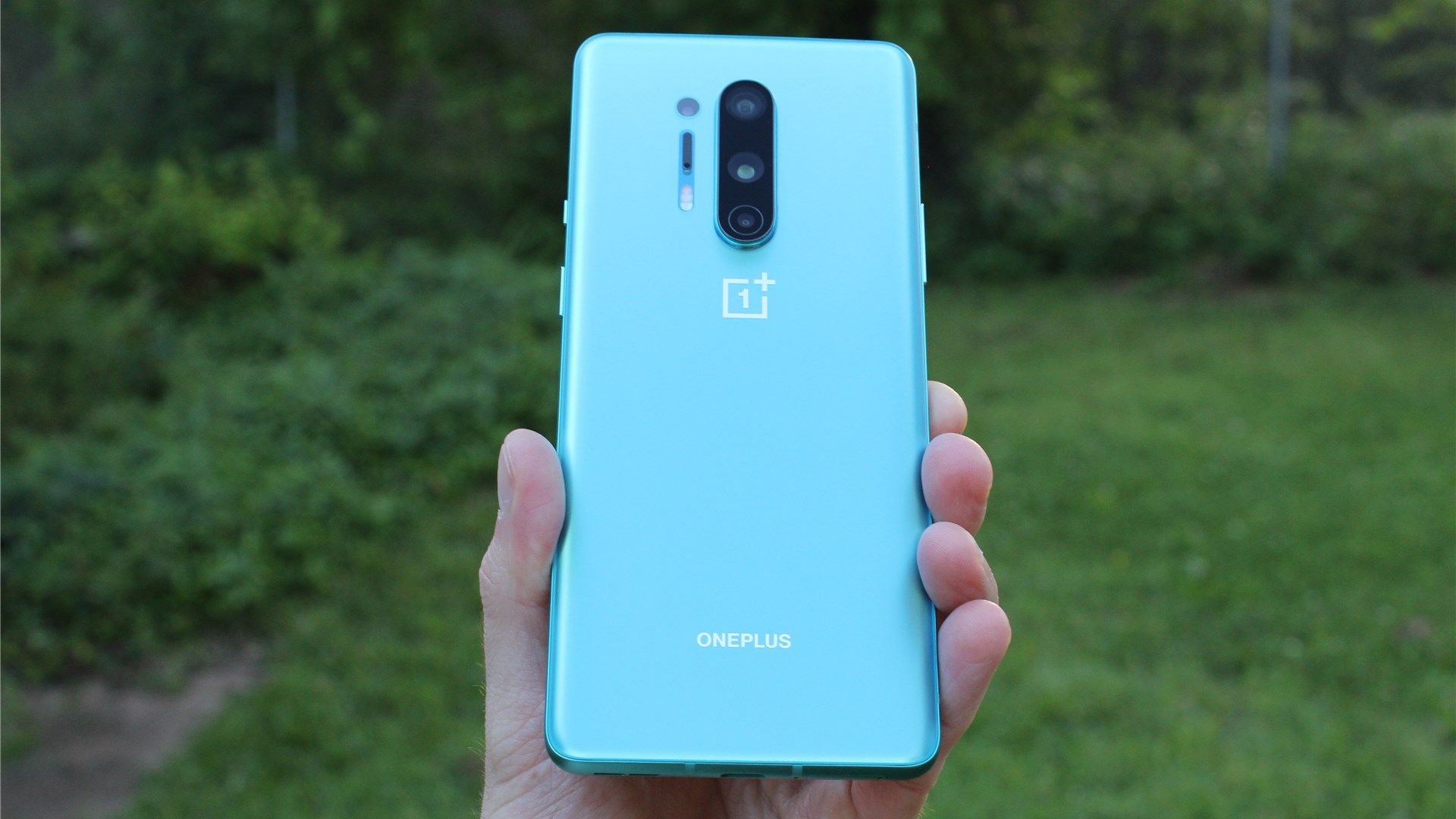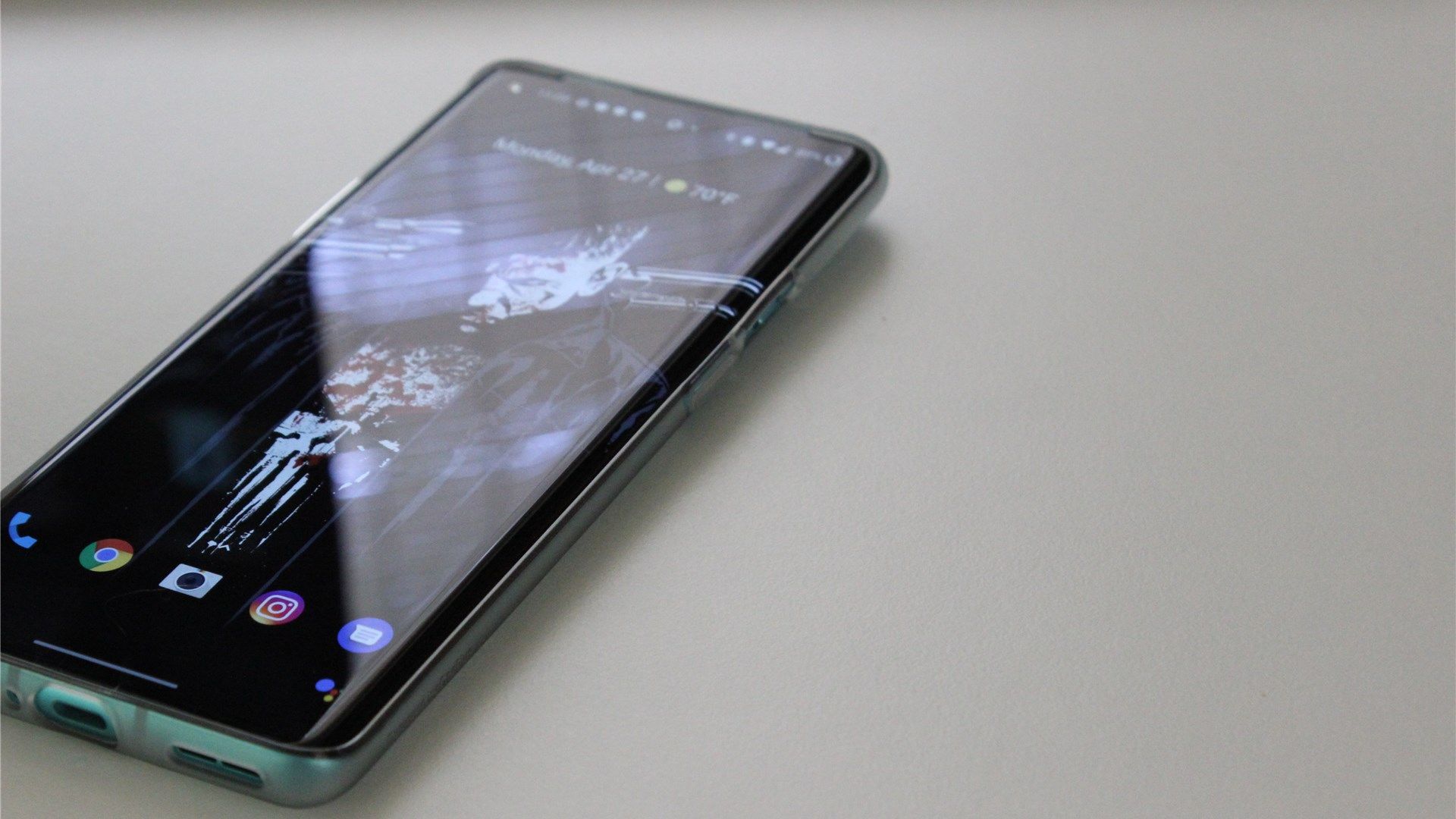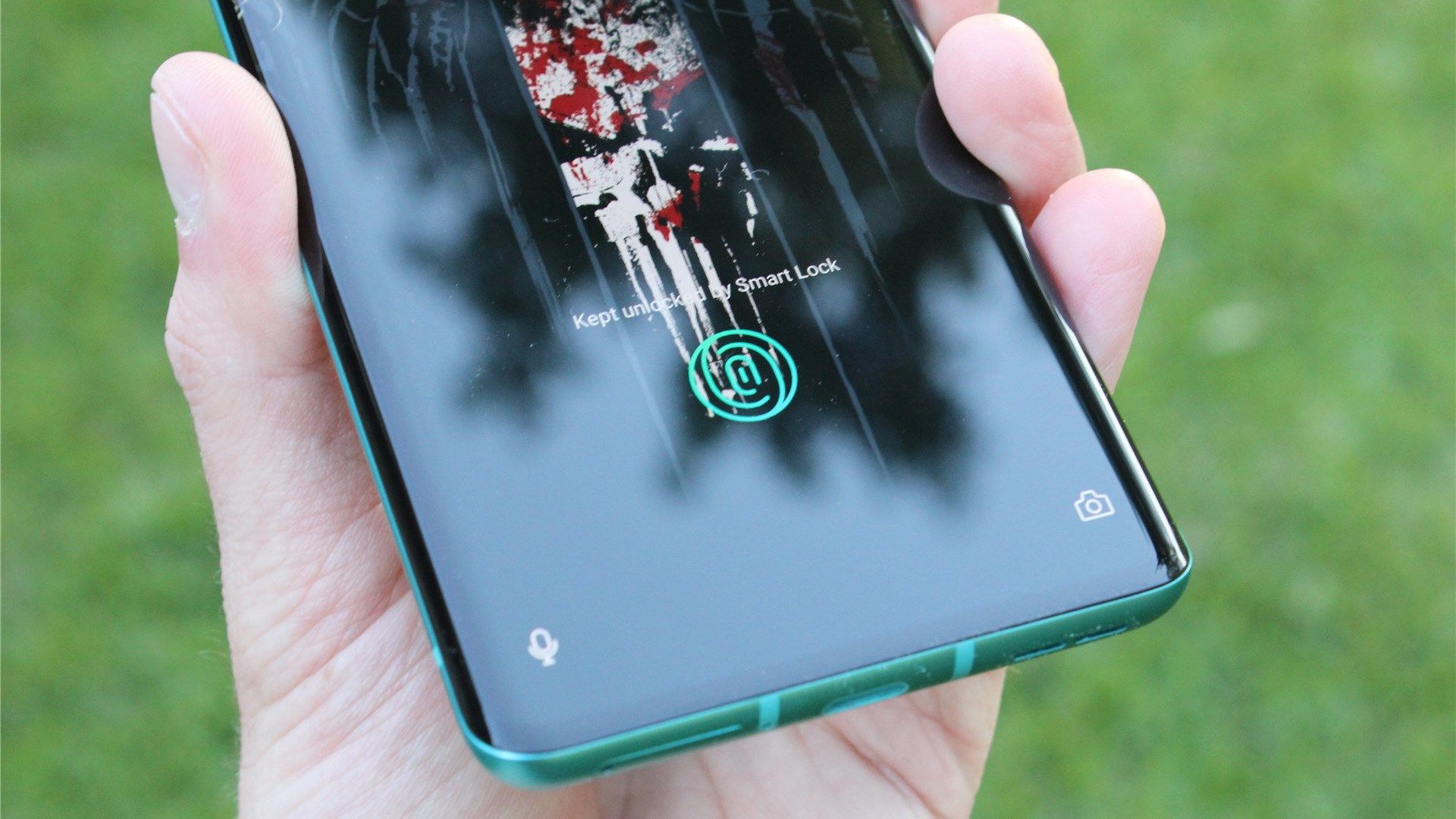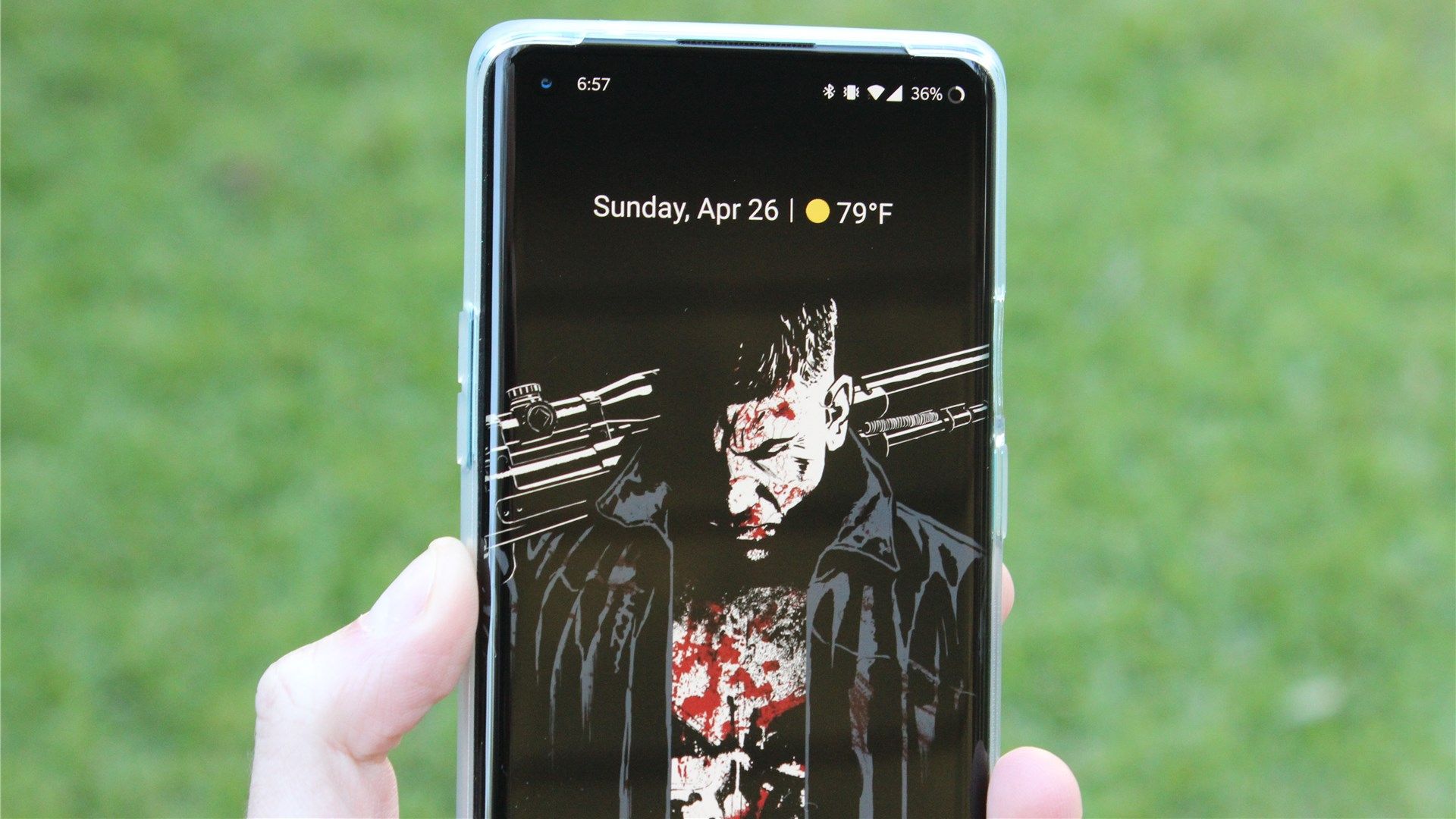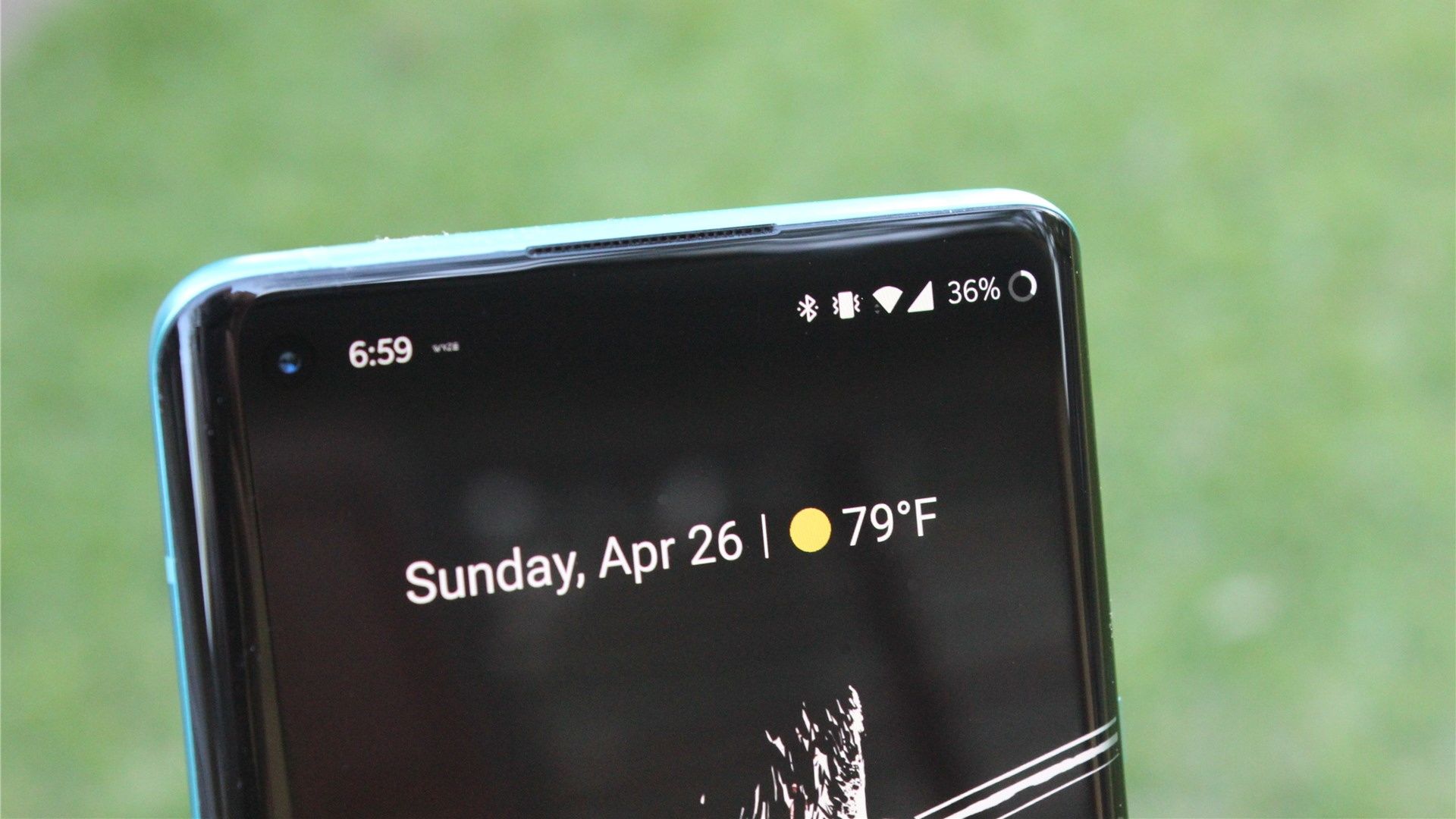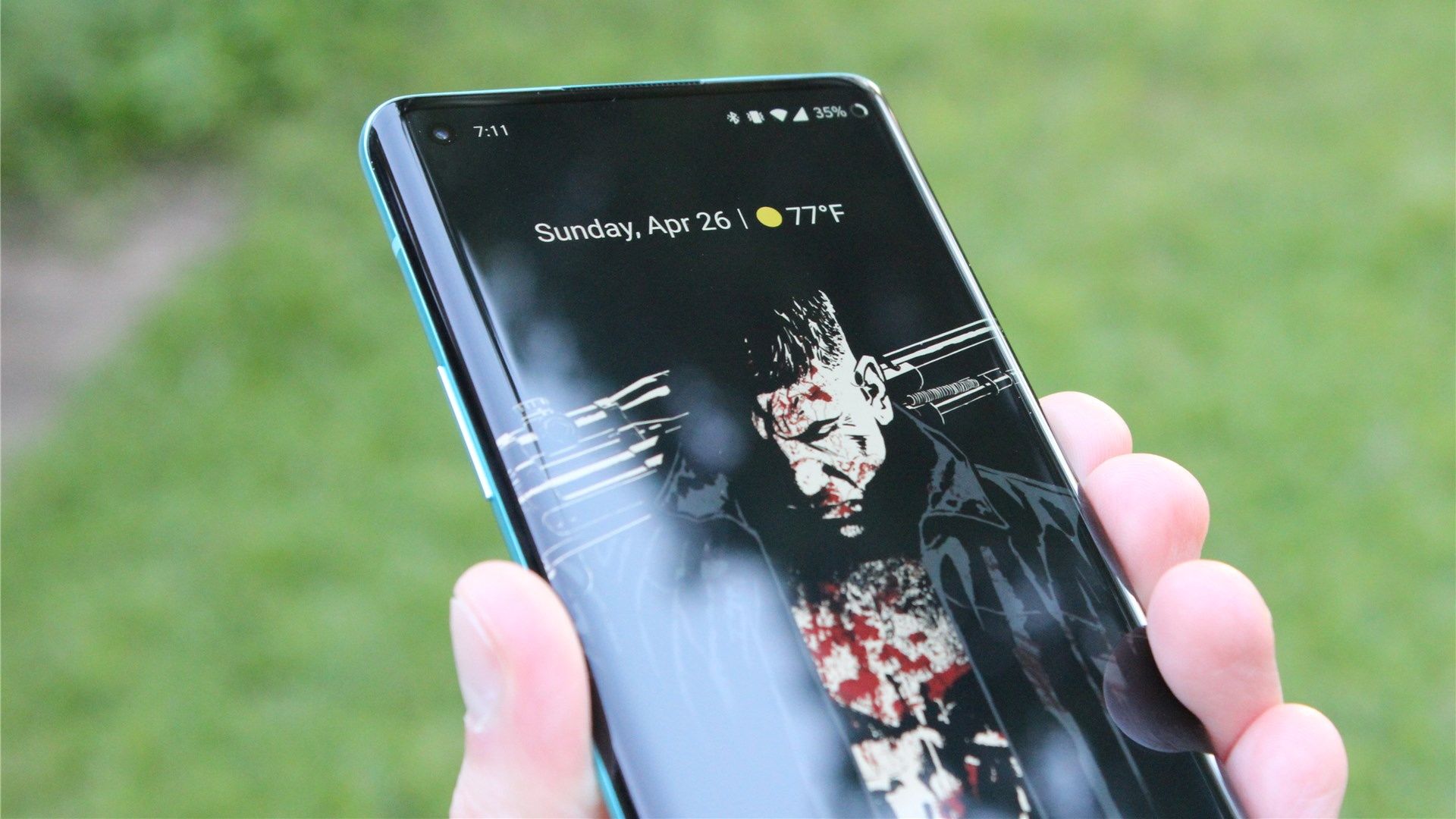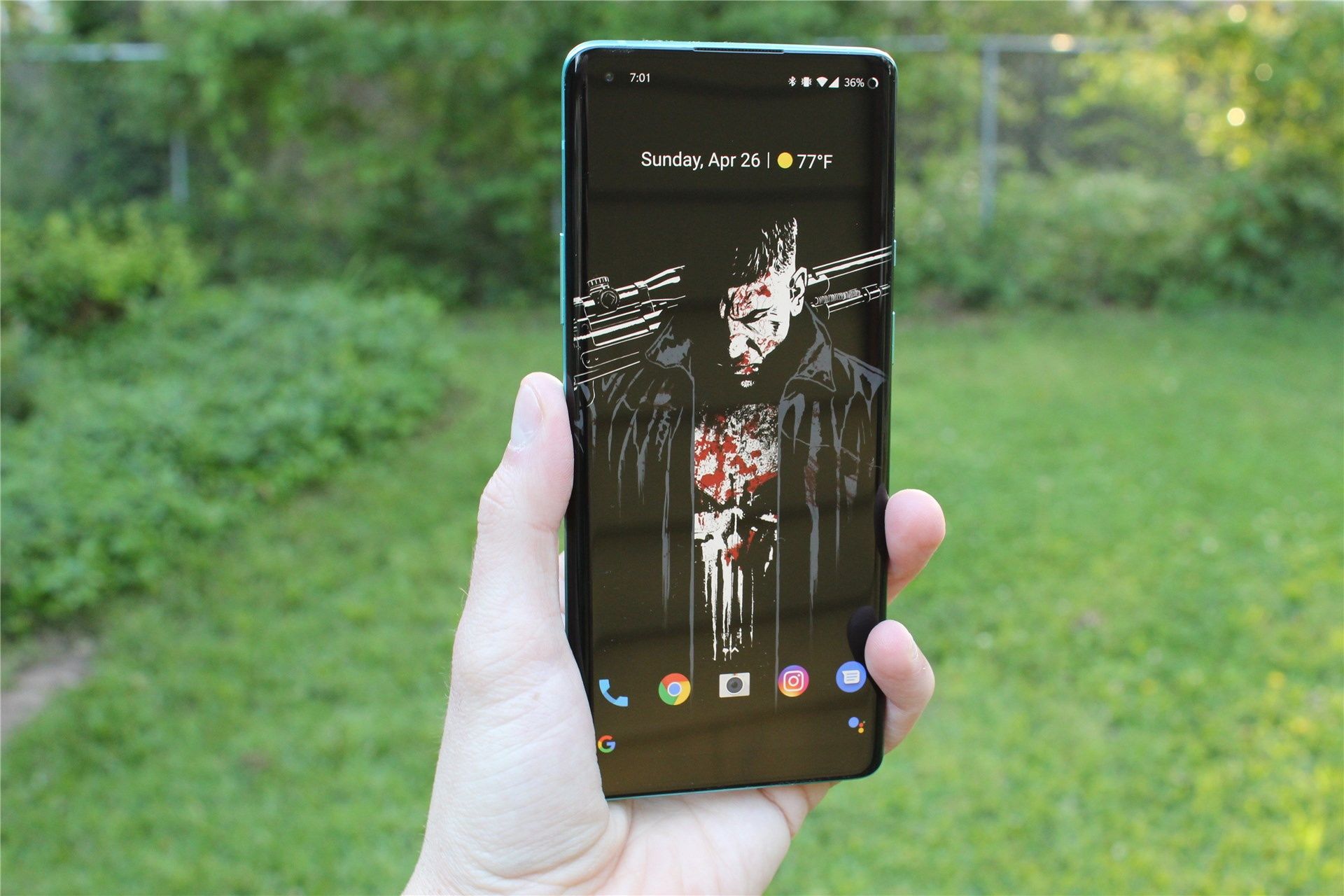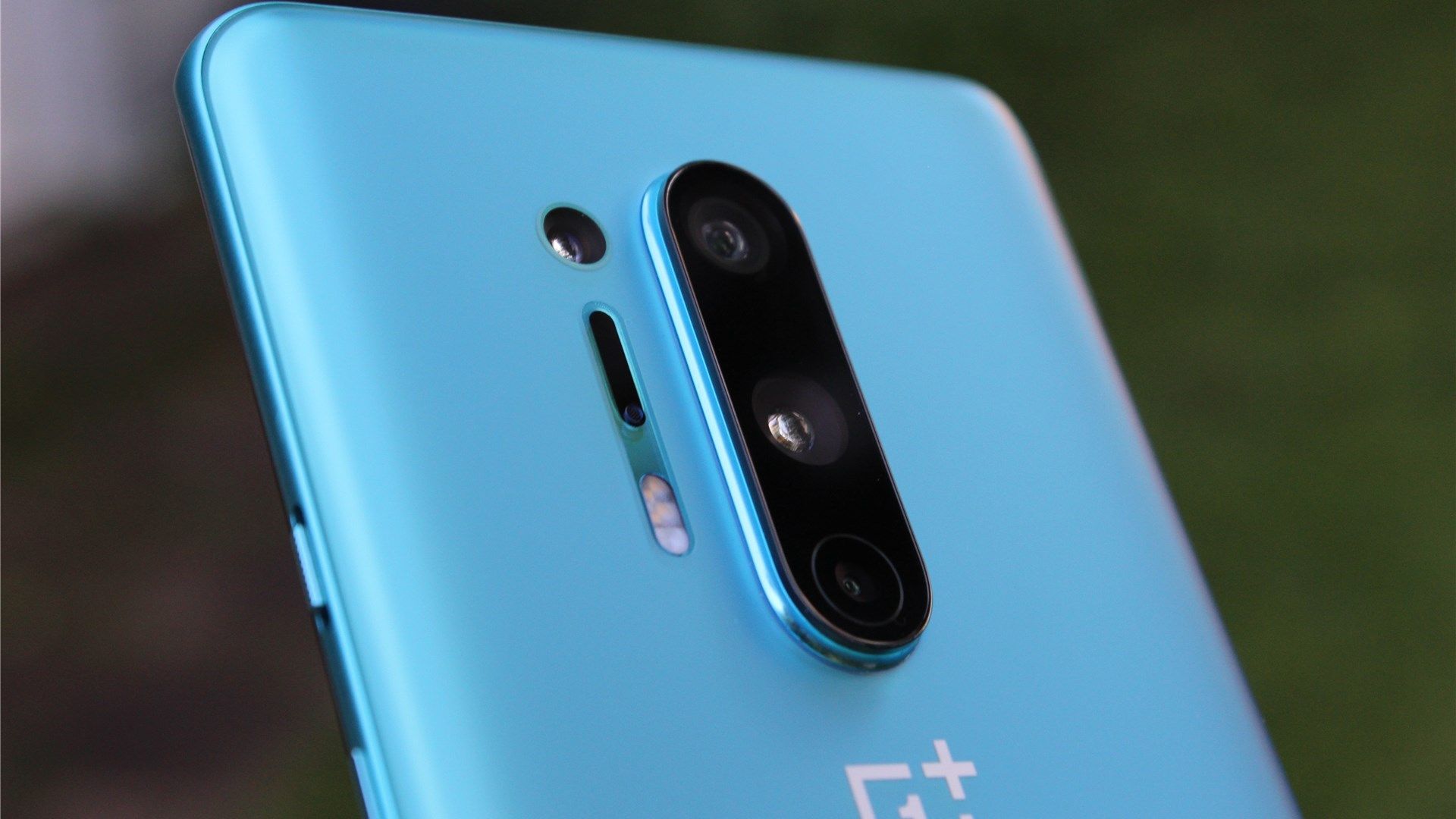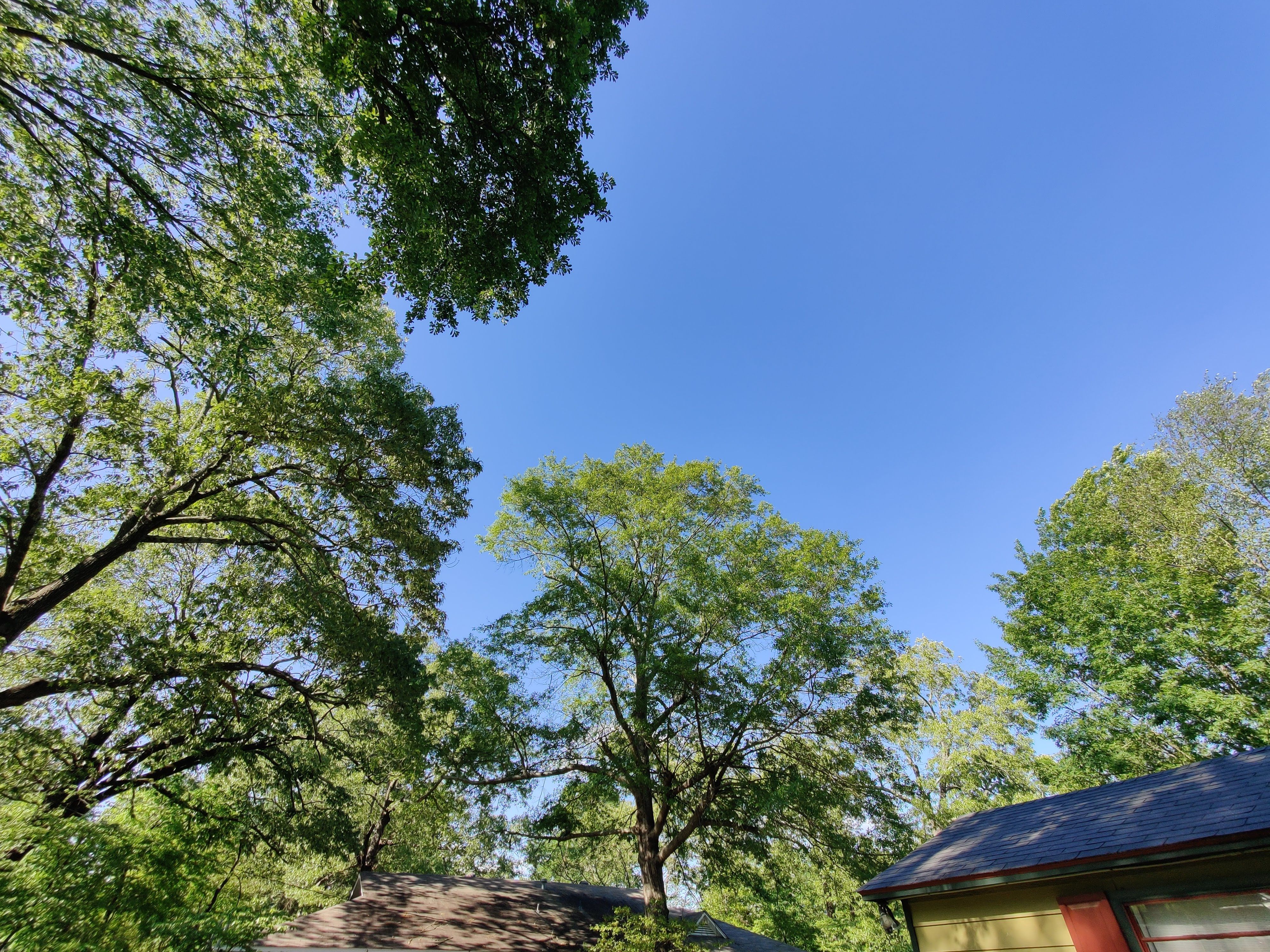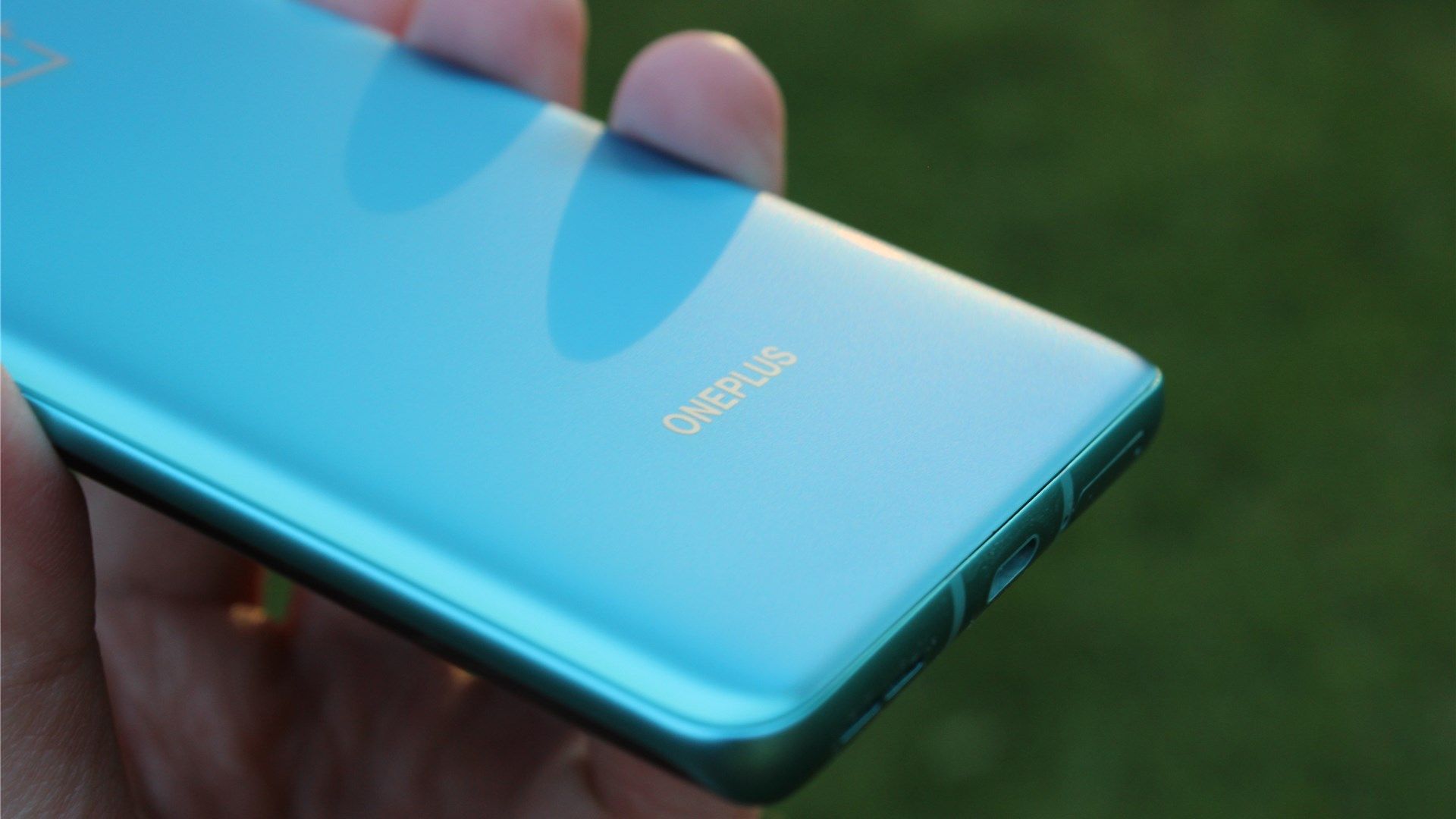Quick Links
OnePlus was once a company that positioned itself as offering flagship specs for wallet-friendly prices. But over the last few years, there's been an upward trend in the pricing models of its phones, with each one inching closer to the premium pricing tier the company was able to avoid for so long. To date, the OnePlus 8 Pro is the most expensive phone the company has ever released.
But it's also the best.
The 7 Pro was a standout phone in 2019, and my pick for the best phone of the year. As a result, the 8 Pro was my most anticipated phone for 2020. There's a lot to love about this phone, but even long-time OnePlus fans are having a hard time getting past the $900 starting price. It's almost twice the price of the still-available 7T, which undeniably shifts the value proposition.
That in itself makes this phone a little harder to get excited about, but make no mistake about it: this is an incredible piece of hardware. Even at a top-end $1000, this phone would be considered a bargain if it were released by another top-tier manufacturer like Samsung. It justifies the premium price with premium features, but OnePlus has long been known for top-end hardware at better prices than everyone else.
That raises the question: has OnePlus lost what makes it special, or is the 8 Pro worth its top-end price tag? If you're here for the climax and don't care about foreplay, then I can answer that right now: the 8 Pro is worth every penny of its asking price.
Specs and Build: H U G E and P R E M I U M
Like most past OnePlus phones, the 8 Pro doesn't skimp when it comes to top-end hardware. It's packed to the brim with the latest processor from Qualcomm, more storage than you (hopefully) know what to do with, plenty of RAM, robust charging features, and a lot more.
Here's a look at everything under the 8 Pro's hood:
- Processor: Qualcomm Snapdragon 865
- RAM: 8 GB or 12 GB
- Storage: 128 GB or 256 GB
- Display: 6.78-inch 3168x1440 (513 PPI) AMOLED w/ 120Hz refresh rate and hole-punch front camera
- Cameras: 48 MP main camera, 8 MP telephoto lens, 48 MP ultra-wide lens; 16 MP hole-punch front camera
- Ports and charging: USB-C, OnePlus Warp Charge 30, Warp Charge 30 Wireless
- Headphone Jack: No
- Battery: 4510 mAh
- Fingerprint Sensor: In-display
- Connectivity: Wi-Fi a/b/g/b/ac/ax, 2.4GHz/5GHz; Wi-Fi 6; 2×2 MIMO; Bluetooth 5.1; NFC; 5G N2, N5, N66, N41, N71; AT&T, Verizon, Sprint, T-Mobile, and US Cellular support
- IP Rating: IP68
- Colors: Glacial Green, Ultramarine Blue, Onyx Black
- Dimensions: 165.3 mm x 74.3 mm x 8.5 mm; 199g (it's a big boi)
- Price: $899-$999 (depending on configuration)
- Specs as reviewed: 8 GB RAM, 128 GB storage, Glacial Green, $899
That's a lot to go over, I know. One thing that strikes me as interesting from looking at this list is that the high-end 7 Pro featured 12 GB of RAM and 256 GB of storage, where the entry 8 Pro has 8 GB of RAM and 128 GB of storage (and costs $150 more than the top end 7 Pro when it was released).
Of course, you can't buy the 7 Pro any longer, so that's a moot point. But OnePlus still sells the 7T, which was its refresh to the T line in late 2019. And right now, you can buy that phone with 8 GB of RAM and 128 GB of storage---the same as the base model 8 Pro---for $499. The tradeoff is a slightly slower processor, no official IP rating, no wireless charging, and a subpar camera. You have to ask yourself how much those things are worth to you---if the answer is "$400-500," then you have a winner with the 8 Pro.
A notable change with the 8 Pro's hardware is the IP rating---something that OnePlus has avoided in the past because IP certifications cost money. Traditionally, the company made its phones water-resistant(ish) but didn't back that claim up with any sort of certification. People whined about it (myself included), so this time around they shelled out the money to give the 8 Pro IP68 ingress protection. That's the same IP rating you'll find on other popular phones and basically means it's protected against dust and immersion in more than three feet of water.
Past that, this is also the first OnePlus to feature wireless charging. But, also in true OnePlus fashion, the status quo wasn't good enough, so the company made its Warp Charge feature available with the compatible wireless charger. That means you can throw your phone on the charger and get a cable-fast charge without the cable. But really, I have to wonder ... why? Like, what's the point?
Most of the time, I don't see the need for wireless charging to be fast. If I need to give my phone a quick boost, then I'll plug it in. Otherwise, wireless charging can run at 5 watts and be fine, because I'm most likely going to use it for overnight charging and not much else. Warp Charge 30 Wireless feels like a change for the sake of change---not something that's truly meaningful.
And, that all goes without even considering that you need the proprietary wireless charger to hit these speeds, which has its own set of quirks. For one, it's $70. It's not the most expensive wireless charger out there, but it's far (far) from the cheapest. Secondly, it has an integrated cable and plug, which makes it a real pain in the ass to use in a lot of scenarios. Hell, the integrated cable is only three feet long, which really limits where you can put it. It's annoying. But hey---it works. And it works well. It's fast. If you need that, then Warp Charge 30 Wireless is for you.
One thing you'll find missing on the 8 Pro is biometric face scanning, a la the iPhone's FaceID. Honestly, after living with Face Unlock for the last six months on the Pixel 4XL, I'm glad to be back on a phone with a fingerprint scanner. It's faster, more efficient, and above all, well-supported. (Seriously, the number of apps that use Face Unlock for secure authentication on Android right now is abysmal.) Plus, given the state of the world, it's a lot easier to unlock your phone with your finger than it is to use Face Unlock while wearing a mask.
I feel like I'm already getting long-winded here, so I want to quickly touch on the build quality. At this point in time, fantastic build quality should be expected from any phone that can be called a flagship. And, the 8 Pro is just that---it's a flagship, through and through. The build is top notch. Expect nothing less.
Performance, Software, and Battery Life: Beastmode
You know what I love most about OnePlus phones? They're fast. And, unlike so many other Android phones, they stay that way even after months (and months) of use. Why? OxygenOS, baby.
For the uninitiated, OxygenOS is OnePlus' version of Android. It's highly optimized for the hardware and is lightning fast. It's packed with unique features that make Android nicer to use, but at the same time, it doesn't feel bloated or heavy like Samsung's whatever-they-call-it-now Android OS. It's a genuine pleasure to use in every way.
The best part is that it still looks like stock Android, which Android purists all love. The layout in the Settings menu is very similar, so if you're used to a clean build of Android, it's still familiar.
But it's also far more customizable than what stock Android (or most other manufacturer builds) offer. It's the right balance though---some customization options can be too overwhelming, so I love the OnePlus implementation in OxygenOS. You can easily change the wallpaper, ambient display clock style, accent color, overall tone (dark or light, basically), system icons, quick settings button style, fonts, and even the fingerprint reader animation. It's just enough to give the system the look and feel you want without being too much.
Honestly, I don't have any real complaints about OxygenOS on the whole---it's probably my favorite version of Android. (Yes, I like it better than stock.) The only niggle I do have is that out of the box it can be a little overly aggressive on RAM management, so some apps get killed prematurely. But it also has a setting called "Intelligent Control" for the app management that effectively learns your usage patterns to prevent apps from getting killed when you'd normally want them around. So, over time, its aggressive RAM issue sort of goes away. (You can also adjust app background optimization manually.)
You may be wondering why the RAM management system is so overly aggressive out of the box---after all, isn't unused RAM wasted RAM on Android? (Answer: yes.) In short: battery life. It's hyper-aggressive on killing "unnecessary" tasks to conserve battery. But honestly, even after using the phone regularly to the point where it learned my behavior, battery life was fine.
Now, one thing to keep in mind is that I've been using the Pixel 4XL for the last 6 months, which historically has terrible battery life. And, over the last several months, it's only gotten worse. So, in direct comparison to the 4XL, the 8 Pro is a breath of fresh air.
On average, it's been hard for me to kill the 8 Pro's battery. Even with the same usage as the Pixel 4 XL, the 8 Pro leaves me with far more battery life every evening. With around 3 hours of screen-on time, the 4XL would have roughly 30 percent battery at night. By comparison, the 8 Pro would usually be around 50 to 60 percent.
Leading up to the review I tried to kill it one day---I ended up with about 5 and a half hours of screen-on time and around 17 percent battery left. I think I could easily get 7 hours of screen-on time with the 8 Pro, even with the 120 Hz display enabled. Drop that down to 60 Hz, and you could easily get even more.
But overall, I love OxygenOS. It's insanely snappy, has the right amount of well-thought-out tweaks and customization options, and is genuinely just a pleasure to use.
Display and Camera: Great Display, Good Camera
OnePlus has always been proud of its displays (in recent years, especially), and the 8 Pro is no different. In fact, it's the most beautiful color-accurate display the company has ever put in a phone. Pair that with the svelte-as-hell 120 Hz refresh rate, and you have all the makings of a killer display. And, man, it delivers. It's so good.
It's an AMOLED panel, so you can expect vibrant colors, but they're not overpowering like the AMOLED panels of yesteryear. They're vibrant and beautiful but not oversaturated. Blacks are black (as, you know, black should be). It's just a damn nice display to look at. In the year 2020, you can expect any premium phone to have at least a good display. But the 8 Pro has a truly great display.
Yet, all those wonderful colors may come second to the insane refresh rate. Last year, OP pulled a first! with the 7 Pro's 90 Hz display, which made a bigger difference than I ever anticipated it would. Once I got used to the 90 Hz refresh rate, it was hard to go back to 60 Hz. The bump to 120 Hz in the 8 Pro isn't quite as dramatic, but it's still a noticeable improvement over 90 Hz. That said, if OP would've stuck with a 90 Hz in this phone, I wouldn't be upset about it. A refresh rate of120 Hz is fine, but it's not a second game changer.
Before we move on to the camera, it's also worth pointing out that you can tweak both the color profile and refresh rate on the 8 Pro. There are a few different color profiles to choose from, as well as a custom option to build your own. As for the refresh rate, I find it most interesting that you can only choose between 60 Hz and 120 Hz---90 isn't an option here. The odds are that you won't want to drop it below 120 anyway.
Moving around to the back of the phone, let's talk about the camera. Historically, OnePlus hasn't been known for putting great shooters in phones---it's long been the weakest link of every OP phone I've used, but that changes with the 8 Pro. For the first time, I'd say that this phone has some damn nice shooters. They're not Pixel quality, mind you, but then again nothing is (aside from, you know, other Pixels). That's just a fact of life.
Speaking of the camera array, it's worth pointing out how much it sticks out from the back of the phone---this thing has to be 2-3 mm thick. That may not seem like much, but if you're not using a case it's very noticeable, especially when you lay the phone on a hard surface. It's wobbly as hell. I also worry about the structural integrity of the whole array should you drop the phone, so I highly recommend putting it in a case. Specifically, one that offers some sort of protection for that big-ass bump of a camera. Fortunately, OnePlus has good options available for just that, and there's even a pretty nice silicone bumper included in the box with the 8 Pro to hold you over until you can get something more robust.
All that said, this has also been a challenging time to test a phone camera. We're all stuck at home quarantining away from the rest of the world, which makes it difficult to get outside and really see what the camera is capable of. But given how limited things have been, I'm still very impressed with what OP did here. But it's not without its own quirks.
Compared to past OnePlus phones, the cameras are much more refined and better balanced. On the 7 Pro, the telephoto lens washed out images pretty badly. The 7T was better. I feel like the 8 Pro may be the most significant jump that OnePlus has ever made with camera improvements though.
The three cameras are more balanced than ever and provide ultra-sharp detailed images. Here's the best example I could get without leaving my house (click for full size):
L to R: Wide angle, main, telelphoto
I also noticed that portrait mode has some interesting effect on images---it darkens the entire scene. It still looks really good, but the difference between regular and portrait modes is pretty dramatic. These two photos were taken back to back, with only a quick change in modes (click for full size):
L: Main Camera; R: Portrait Mode (rear camera)
Portrait mode on the front camera isn't quite as good, as it's relying exclusively on software for its depth of field tweaks. The result is okay, but there's a very clear aura around the subject in the post-processed result:
Look around the outside edge of my head in particular. It's pretty noticeable.
It's worth noting that this didn't happen in all portrait mode images with the front camera, but it definitely happened enough that I felt like I needed to point it out. Just something to keep in mind.
All in all, though, I'm happy with the 8 Pro's camera. Last year, the 7 Pro was my favorite phone, but it was hard to go back to it after using the Pixel 4 because of the cameras. And, while the 8 Pro's cameras still aren't as good as the Pixel 4s, they're close enough that I don't want to go back to the Pixel.
Conclusion: The Phone I've Wanted OnePlus to Make for Years
It probably doesn't come as much of a surprise, but this is the best phone OnePlus has ever released. More importantly, it's the first OP phone that doesn't make me say "this is a great phone if you can live without...". Instead, this is a phone without compromise.
I wanted the 7 Pro and 7T to have wireless charging and an IP rating, and the 8 Pro has both of those. The camera in past models was "good enough," but the 8 Pro has one of the best camera arrays you can get in a modern flagship phone, save for a Pixel or iPhone 11. The screen is big and beautiful. Battery life is excellent. It's a winner all around.
And, it's a damn good thing, too, because this is the most expensive phone OnePlus has ever released (by a large margin). For $400 less than the base model 8 Pro, you can get the 7T. You'll miss out on wireless charging, IP certification, and the nicer camera. If you don't mind the compromise, the 7T is still a great phone.
But the 8 Pro is about the details. It's a phone that truly---and possible for the first time in OnePlus history---lives up to the "Never Settle" slogan the company has been wearing proudly on its sleeve since day one.
The OnePlus 8 Pro goes on sale on April 29th at Midnight EST.
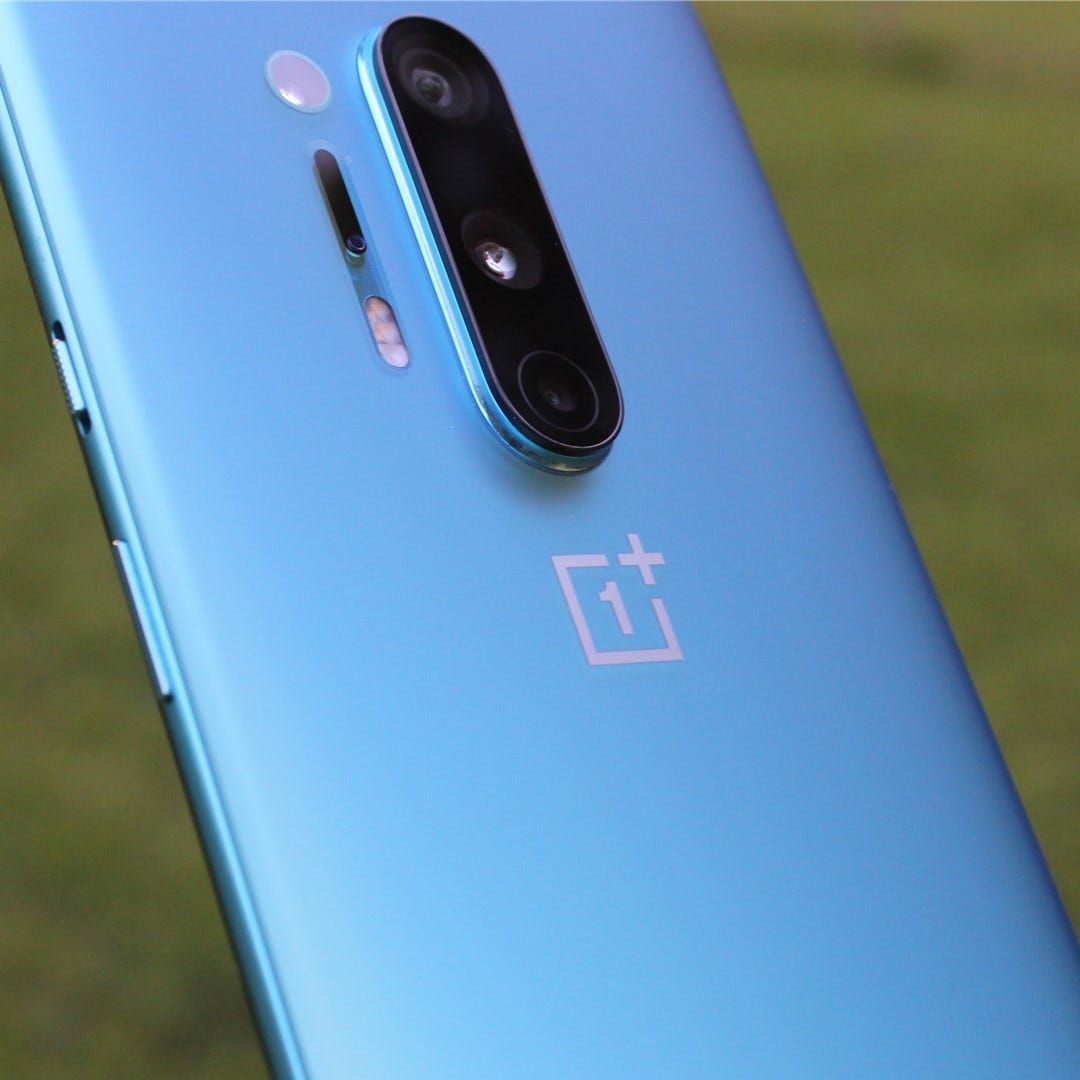
OnePlus 8 Pro
- Big, beautiful, and fast
- Good battery life
- Good cameras
- Wireless charging
- IP68
- More expensive than past OnePlus phones
- It's very, very big
- The camera bump sticks out a lot

